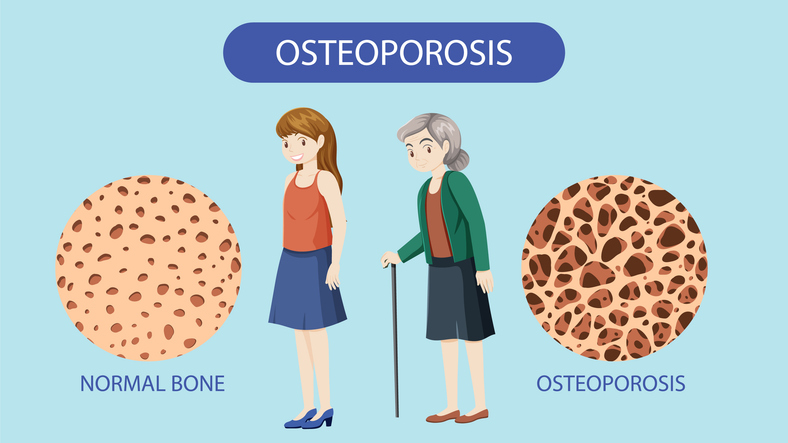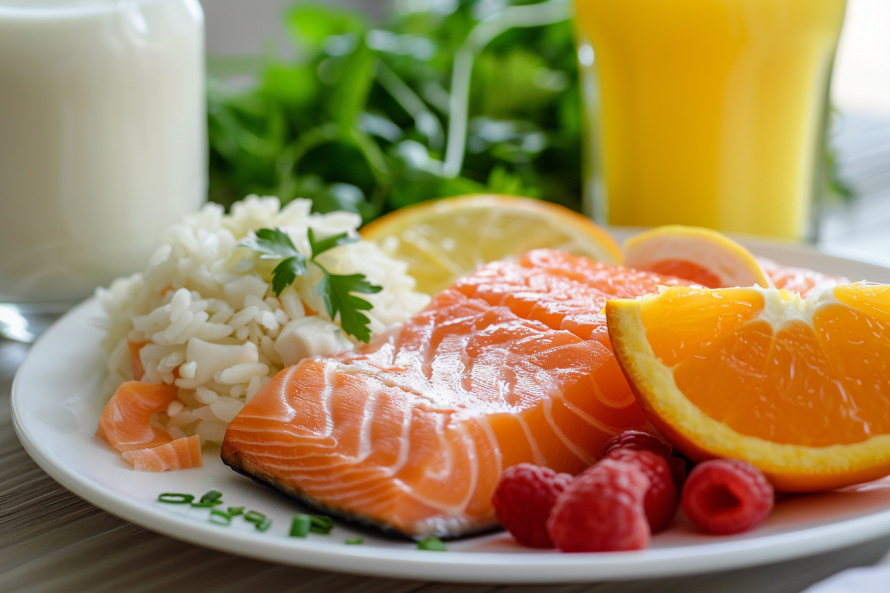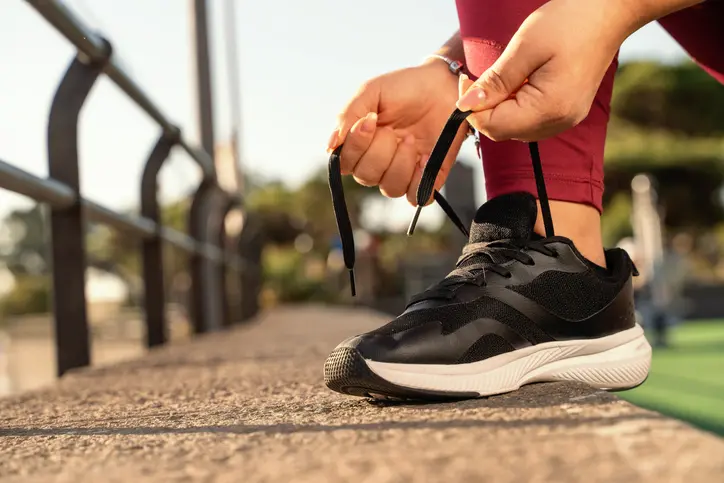When it comes to osteoporosis–often referred to as “the silent killer” since symptoms are not noticeable until you experience a fracture–you can take action now to help prevent this bone disease

Understanding Osteoporosis Risks
Did you know that more than 80 percent of fractures in people aged 50-plus are caused by osteoporosis? And while men also suffer from it, osteoporosis is much more common amongst women–one in three women will suffer a fracture due to osteoporosis. And the severity of the disease goes beyond fractures. Consider this statistic: 22 percent of women who experience a hip fracture will die within a year, according to Osteoporosis Canada.
The good news is that there are many factors you can manage in order to cut your risk of osteoporosis. Take control of strengthening your bones now to protect your health as you age.
 Eat a healthy, balanced calcium-rich diet.
Eat a healthy, balanced calcium-rich diet.
Adult women need 1,000 to 1,200 mg of calcium daily. You can look to dairy products or calcium-fortified dairy alternatives to get this mineral into your diet. And don’t overlook other foods that contain calcium, such as winter squash, calcium-fortified orange juice, edamame and canned salmon (with the bones). Pay attention to your macros, too, as protein is also key when it comes to maintaining strong bones–look to lean protein sources such as skinless chicken, and also plant-based sources such as beans and legumes.
Take a vitamin D supplement.
Help your body absorb calcium by taking a vitamin d supplement. The body only absorbs about 10 to 15 percent of dietary calcium on its own, but if you’re getting sufficient levels of vitamin D, the body absorbs as much as 40 percent dietary calcium. While there are foods that contain vitamin D (such as fatty fish and certain mushrooms) and you do get vitamin d with exposure to sunshine, it can be difficult to consume adequate vitamin D-rich foods and you should be limiting sun exposure, a supplement is the simplest method. Health Canada recommends 600 IU for adult women (and 800 IU for women aged 70-plus).

Strength train to protect your bones.
Cross-training, including a focus on strength, is important when you’re looking to lower your osteoporosis risk. Not only does it help increase your muscle strength (thus reducing the chances of falling), it can help slow the rate of bone loss (we all experience loss of bone mass as we age, but especially so for post-menopausal women). Strength training in particular can both help slow bone loss and also helps with building bone–exercise that puts stress on bones triggers cells into building density.
Work on your balance.
With falls come that risk of fractures. Practicing balance exercises can help reduce your risk of falling. Incorporating yoga or tai chi into your workout routine can help you improve your balance–think of tree pose from yoga, for example.
 Get your heart pumping with cardio workouts.
Get your heart pumping with cardio workouts.
Cardio that is weight-bearing is also great for slashing your osteoporosis risk. Think running, dancing or walking; these bear more weight than swimming or rowing. Besides getting your heartrate up, these types of exercises also get the bones in your hips, legs and spine active.
Limit your alcohol consumption.
Excessive drinking of alcoholic beverages has been shown to up your risk of osteoporosis. Limit (or completely cut out) booze from your diet. Canada’s Guidance on Alcohol and Health recommends completely abstaining from alcohol for better sleep, for one, but suggests that with two drinks or less per week, you are likely to avoid alcohol-related consequences. The good news is that the non-alcoholic drink market has exploded with options in the past few years with the growing sober-curious trend. Try: Seedlip Non-Alcoholic Spirits for your cocktails and for beer, you’ll find that many of the beer brands have added N/A options to their lineup.
Reduce your caffeine consumption.
Coffee, tea and cola lovers, rein in the number of cups of joe you’re drinking or getting enough calcium and vitamin D will feel fruitless given that the caffeine you’re consuming limits your body’s ability to absorb calcium. Try switching to tisanes (also known as herbal teas), such as chamomile or even just ginger and lemon when you’re craving something hot. Keep in mind that all true teas (which all come from the camellia sinensis plant as opposed to herbal teas) contain caffeine–this includes green tea, chai and matcha.
 Quit your smoking habit.
Quit your smoking habit.
If you need another reason to quit smoking: smoking contributes to developing osteoporosis. For one, it decreases your body’s ability to absorb calcium. But the habit also cuts the blood supply going to your bones and the nicotine in cigarettes also negatively impacts osteoblasts. Osteoblasts are the bone-producing cells in the body so you want them to be working optimally. Further, smoking impacts your body’s ability to recover from injuries and surgeries–so if you fall and have a fracture, as a smoker, you won’t be able to heal as quickly as a non-smoker.


 Eat a healthy, balanced calcium-rich diet.
Eat a healthy, balanced calcium-rich diet.
 Get your heart pumping with cardio workouts.
Get your heart pumping with cardio workouts. Quit your smoking habit.
Quit your smoking habit.












